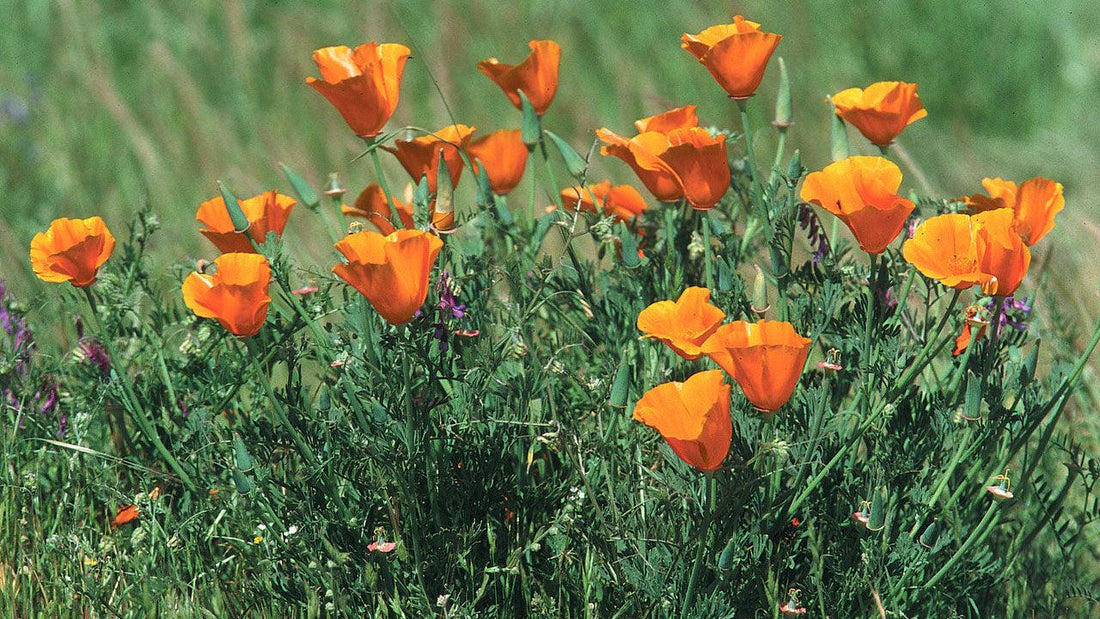Gardening with native species can be incredibly rewarding and save you time and resources. Native plants typically require less water and lower maintenance, especially when grown in conditions similar to their natural habitats. However, for long-term success, it's important to understand the specific needs of native plants.
Cultural Requirements for Native Gardens
Every native plant has specific cultural needs, including sun exposure, soil type, and water requirements. Native plants thrive when grown in conditions that mimic their natural environments. The key to success is matching the plant to its ideal habitat.
A helpful resource is the California Native Plant Society, where you can explore plant recommendations and learn about local plant communities. For additional tools, visit Calscape, which lists plants native to specific regions in California.
Soil Preparation & Planting for Natives
Soil preparation is critical for native plants. While most natives adapt to poor soil conditions, good drainage is essential. Test your soil’s drainage by digging a 12-inch hole and filling it with water. If it drains within an hour, the area is suitable for most native plants.
Avoid over-amending soil. Native plants are adapted to the nutrient levels of their natural environment, and excessive fertilization can harm them. However, for compacted soils, consider adding a thin layer (less than 1/2 inch) of high-quality compost to improve structure. Incorporating mycorrhizal inoculants can also enhance root growth and nutrient uptake.
When to Plant Native Plants
The ideal time to plant native plants is in the fall, just before the rainy season. This allows roots to establish before the summer drought. If planting during the dry season, provide supplemental water to ensure the plants establish successfully.
Use coarse organic mulch, such as chipped landscape clippings or shredded bark, to retain moisture and suppress weeds. Mulching mimics natural leaf litter, providing nutrients as it breaks down. Be mindful of your plant's native environment when selecting mulch – for example, desert natives may prefer rocks over organic material.
Protecting Your Native Garden from Deer
If you live in deer country, take precautions to protect young plants. While many natives are deer-resistant, younger plants are more vulnerable. Use wire cages, spray deterrents, or motion-activated sprinklers to keep deer at bay.
Watering and Maintenance
Established native plants require minimal watering, as they are adapted to California’s Mediterranean climate. Avoid watering during the summer, as it can promote soil-borne diseases. If supplemental watering is necessary, do so deeply and infrequently to encourage strong root growth.
Visit Our Native Plant Nursery
If you're in the area, stop by our Native Plant Nursery. Our expert staff can help you select the right plants for your garden and provide additional guidance on native plant care.
Start your journey to sustainable gardening with native plants and create a thriving, low-maintenance landscape today!


